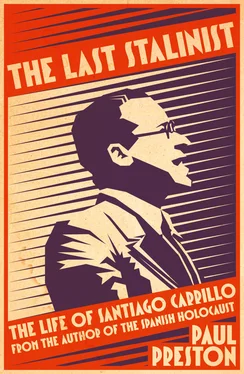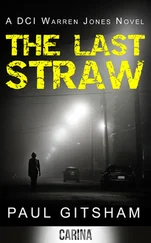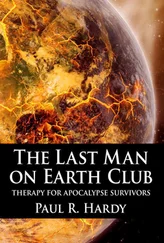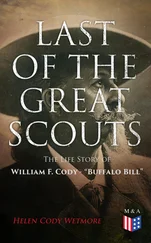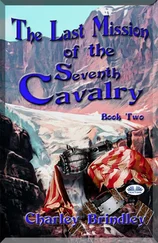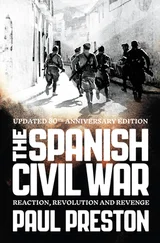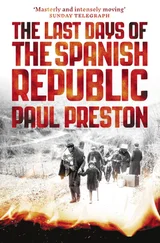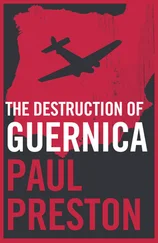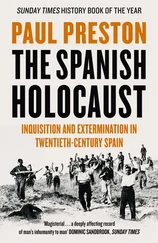Apart from sporadic strike action, the Socialist movement had taken no official part in the varied resistance movements to the dictatorship, at least until its later stages. The Pact of San Sebastián changed things dramatically. The undertaking to help with the revolutionary action would further divide both the UGT and the PSOE. Strike action in support of a military coup was opposed by Besteiro, Saborit and their reformist supporters within the UGT, Trifón Gómez of the Railway Workers’ Union and Manuel Muiño, president of the Casa del Pueblo, where Socialist Party and union members would gather. Largo Caballero and Wenceslao Carrillo were firmly in favour. Santiago was an enthusiastic supporter of revolutionary action, having just read his first work by Lenin, the pamphlet Two Tactics of Social Democracy in the Democratic Revolution , which outlined the theoretical foundation for the strategy and tactics of the Bolshevik Party and criticized the role of the Mensheviks during the 1905 revolution. He equated the position of Besteiro with that of the Mensheviks. He was also influenced by both his father and Largo Caballero. Inevitably, he faced an uncomfortable time in the office that he shared with Saborit at the Gráfica Socialista. 30
Santiago saw his first violent action in mid-November 1930. On 12 November, the collapse of a building under construction in the Calle Alonso Cano of Madrid killed four workers and badly injured seven others. The large funeral procession for the victims was attacked by the police, and in consequence the UGT, seconded by the CNT, called a general strike for 15 November. Santiago was involved in the subsequent clashes with youths who were selling the Catholic newspaper El Debate , the only one that had ignored the strike call. 31He was also involved peripherally when the UGT participated, in a small way, in the revolutionary movement agreed upon in October. It finally took place in mid-December. The Republican ‘revolutionary committee’ had been assured that the UGT would support a military coup with a strike. Things were complicated somewhat when, in the hope of sparking off a pro-Republican movement in the garrisons of Huesca, Zaragoza and Lérida, Captains Fermín Galán, Angel García Hernández and Salvador Sediles rose in Jaca (Huesca) on 12 December, three days before the agreed date. Galán and García Hernández were shot after summary courts martial on 14 December which led to the artillery withdrawing from the plot. And, although forces under General Queipo de Llano and aviators from the airbase at Cuatro Vientos went ahead, they realized that they were in a hopeless situation when the expected general strike did not take place in Madrid. 32
This was largely the consequence of the scarcely veiled opposition of the Besteirista leadership. Madrid, the stronghold of the Besteiro faction of the UGT bureaucracy, was the only important city where there was no strike. That failure was later the object of bitter discussion at the Thirteenth Congress of the PSOE, in October 1932, where the Besteiristas in the leadership were accused of dragging their feet, if not actually sabotaging the strike. When, on 10 December 1930, Julio Álvarez del Vayo, one of the Socialists involved in the conspiracy, tried to have the revolutionary manifesto for the day of the proposed strike printed at the Gráfica Socialista, Saborit refused point-blank. General Mola, apparently on the basis of assurances from Manuel Muiño, was confident on the night of the 14th that the UGT would not join in the strike on the following day. Despite being given the strike orders by Largo Caballero, Muiño did nothing. This was inadvertently confirmed by Besteiro when he told the Thirteenth Congress of the PSOE that he had finally told Muiño to go ahead only after having been pressed by members of the Socialist Youth Federation to take action. One of those FJS members was Santiago Carrillo, whose later account casts doubt on that of Besteiro. The fact is that none of the powerful unions controlled by the Besteirista syndical bureaucracy stopped work. The group from the FJS, including Santiago Carrillo (who had been given a pistol which he had no clue how to use), had gone to the Conde Duque military garrison on the night of 14 December in the hope of joining the rising that never materialized. After being dispersed by the police, but seeing planes dropping revolutionary propaganda over Madrid, this group of teenage Socialists went to the Casa del Pueblo at Calle Carranza 20 to demand to know why there was no strike. They got no explanation but only a severe dressing-down from Besteiro himself. 33
Not long afterwards, the barely sixteen-year-old Santiago was elected on to the executive committee of the FJS. In the wake of the failed uprising in December, the government held municipal elections on 12 April 1931 in what it hoped would be the first stage of a controlled return to constitutional normality. However, Socialists and liberal middle-class Republicans swept the board in the main towns while monarchists won only in the rural areas where the social domination of the local bosses, or caciques , remained intact. On the evening of polling day, as the results began to be known, people started to drift on to the streets of the cities of Spain and, with the crowds growing, Republican slogans were shouted with increasing excitement. Santiago Carrillo and his comrades of the FJS took part in demonstrations in favour of the Republic which were fired on by Civil Guards on the evening of 12 April and dispersed by a cavalry charge the following day. 34Nevertheless, General José Sanjurjo, the commander of the Civil Guard, made it clear that he was not prepared to risk a bloodbath on behalf of the King, Alfonso XIII. General Dámaso Berenguer had been replaced as head of the government by Admiral Juan Bautista Aznar. Berenguer, now Minister of War, was equally pessimistic about army morale but was constrained by his loyalty to the King. Despite his misgivings, on the morning of 14 April Berenguer told Alfonso that the army would fight to overturn the result of the elections. Unwilling to sanction bloodshed, the King refused, believing that he should leave Spain gracefully and thereby keep open the possibility of an eventual return. 35As news of his departure spread, a euphoric multitude, including Santiago Carrillo, gathered in Madrid’s Puerta del Sol to greet the Republican–Socialist provisional government.
Despite the optimism of the crowds that danced in the streets, the new government faced a daunting task. It consisted of three Socialists and an ideologically disparate group of petty-bourgeois Republicans, some of whom were conservatives, some idealists and several merely cynics. That was the first weakness of the coalition. They had shared the desire to rid Spain of Alfonso XIII, but each then had a different agenda for the future. The conservative elements wanted to go no further than the removal of a corrupt monarchy. Then there was the Radical Party of Alejandro Lerroux whose principal ambition was merely to enjoy the benefits of power. The only real urge for change came from the more left-leaning of the Republicans and the Socialists, whose reforming objectives were ambitious but different. They both hoped to use state power to create a new Spain. However, that required a vast programme of reform which would involve weakening the influence of the Catholic Church and the army, establishing more equitable industrial relations, breaking the near-feudal powers of the owners of the latifundios , the great estates, and satisfying the autonomy demands of Basque and Catalan regionalists.
Although political power had passed from the oligarchy to the moderate left, economic power (ownership of the banks, industry and the land) and social power (control of the press, the radio and much of the education system) were unchanged. Even if the coalition had not been hobbled by its less progressive members, this huge programme faced near-insuperable obstacles. The three Socialist ministers realized that the overthrow of capitalism was a distant dream and limited their aspirations to improving the living conditions of the southern landless labourers ( braceros ), the Asturian miners and other sections of the industrial working class. However, in a shrinking economy, bankers, industrialists and landowners saw any attempts at reform in the areas of property, religion or national unity as an aggressive challenge to the existing balance of social and economic power. Moreover, the Catholic Church and the army were equally determined to oppose change. Yet the Socialists felt that they had to meet the expectations of those who had rejoiced at what they thought would be a new world. They also had another enemy – the anarchist movement.
Читать дальше
